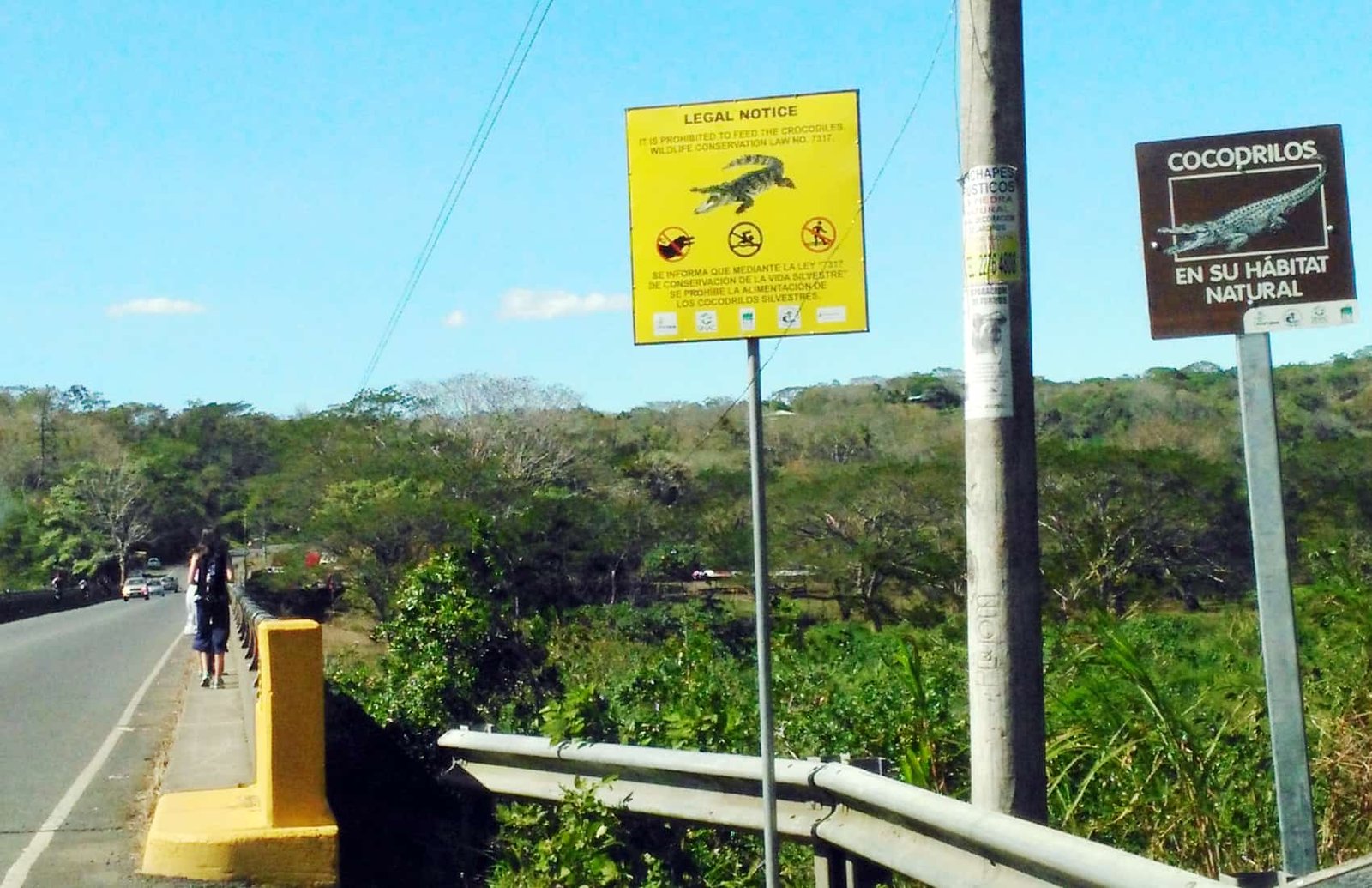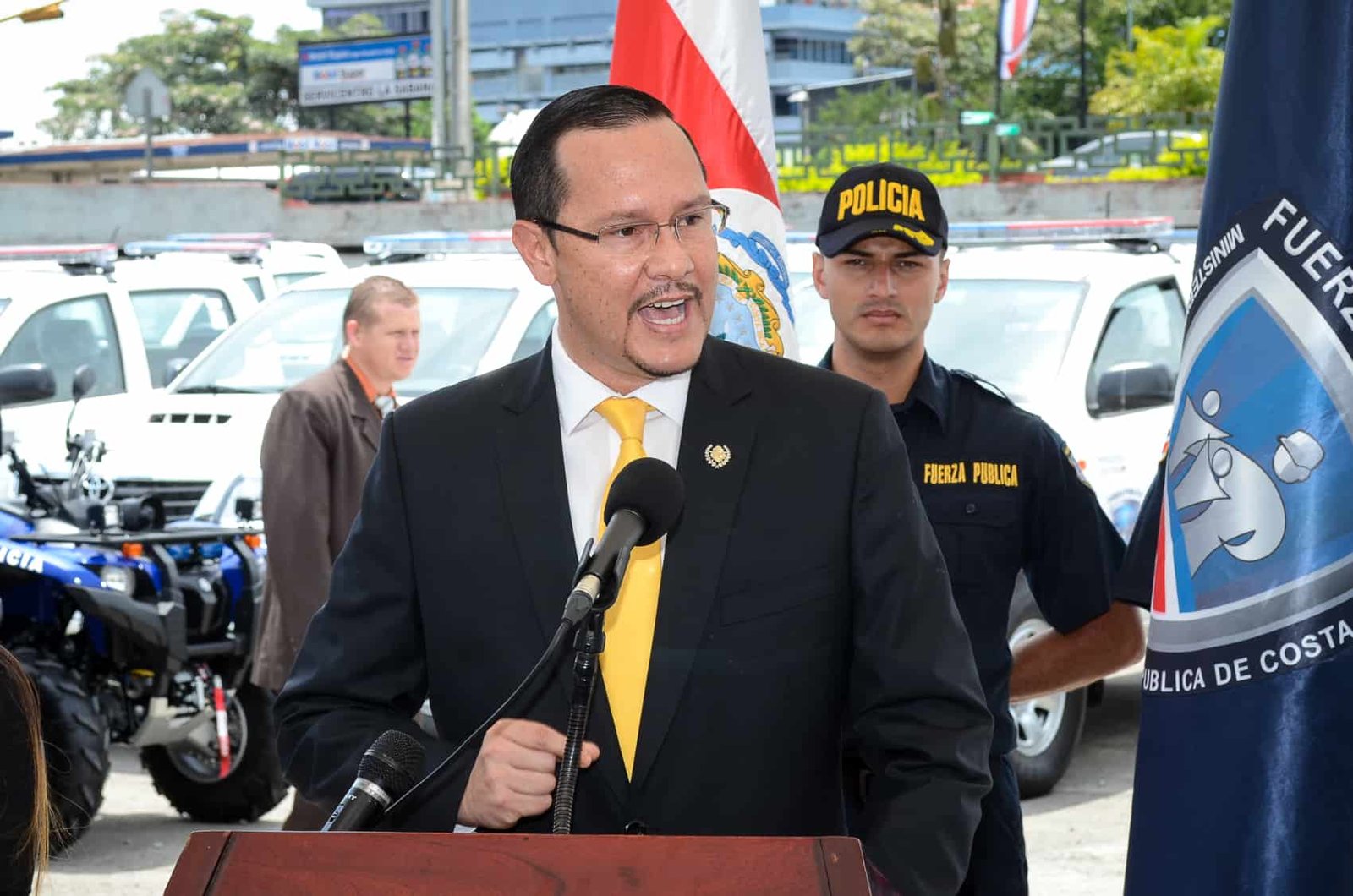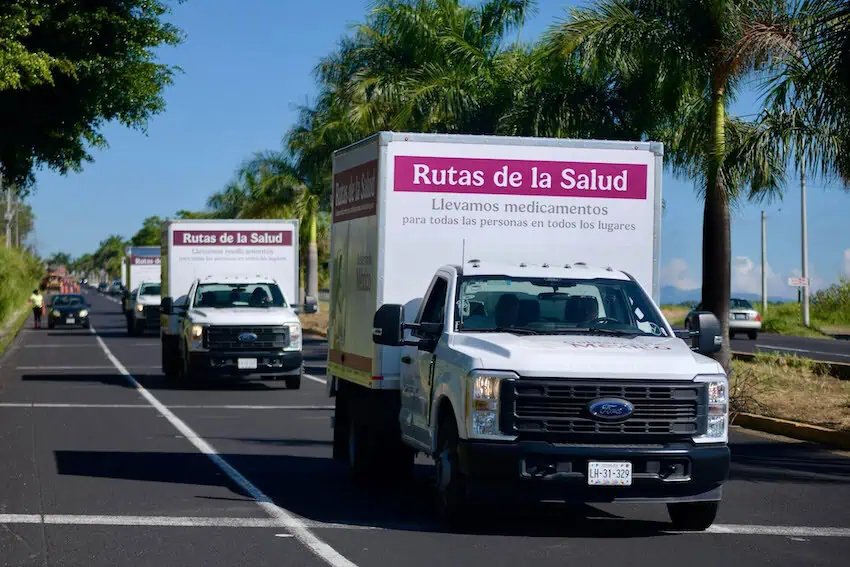Those who frequently use the South Coast Highway, near the Tárcoles river, will have to be more patient. Repair works have started on the Tárcoles bridge, and will take up to a year to conclude, according to government authorities.
The first phase of the rehabilitation work on this structure began this week, and for subsequent phases, workers will need to be present on the river.
“We are going to intervene in what are, strictly speaking, the bridge’s bastions and piers, which is basically the structure that supports the bridge. It is a risky undertaking because we are going to carry out large excavations of around 14 meters in depth, where what we want to do is reinforce precisely those structures,” explained Pablo Camacho, Deputy Minister of Infrastructure at the MOPT.
Camacho added that the reinforcement work on the bridge is “urgent and cannot be postponed” and that the first phase of the work will continue until November, causing traffic to be restricted to one lane in the area.
For the second phase, traffic will return to two lanes, but nighttime closures will be in effect four nights a week from 9:00 p.m. to 5:00 a.m.
At the same time, the Ministry of Environment and Energy (MINAE) announced that it is working on a plan to “relocate” the crocodiles that inhabit the Tárcoles River near the bridge where urgent intervention work is currently being carried out on National Route No. 34.
“The crocodiles in the Tárcoles River will be removed for the safety of the workers. This task is being coordinated with the MOPT, and they will be removed from that location so that repairs can be made to the bridge,” said Environment Minister Franz Tattenbach at the Government Council press conference, without giving further details.
The plan to relocate the crocodiles is still being analyzed in coordination with the MOPT, which has been regulating traffic on the bridge since the works began. Authorities announced crocodile watching will be prohibited.
“During this period, sightings will not be allowed, both for the safety of the workers, who will be working under the bridge, and because we want these animals to return to their original nests, which are downstream, and not be in the vicinity of the bridge,” said Camacho.




